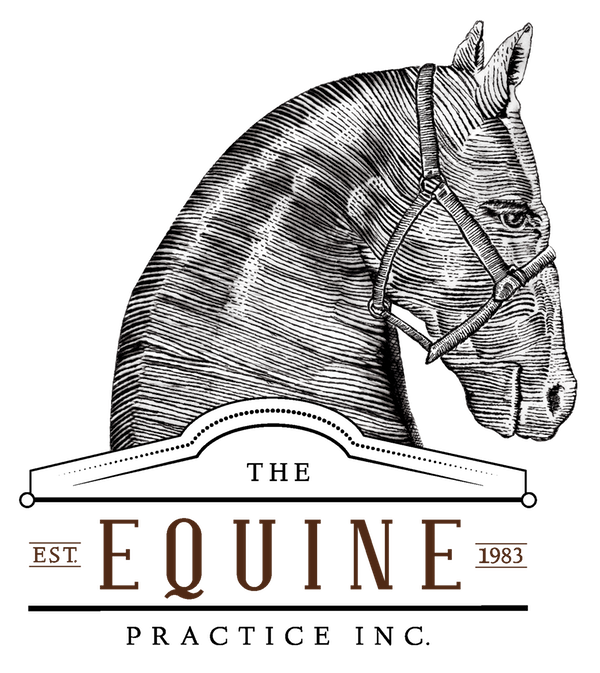Are you willing to reach in a horse’s mouth?
There is no practical way to determine that your horse has been floated well. This is why so many bad equine dentists exist. Modern equine dentists use a light and a jacked open mouth to show you an issue, but using sight is not a complete way to evaluate the mouth.
The Horse Will Tell You
The best way to determine if a job is well done is to listen to your horse. How does he respond to the floating process? Without pain medication, the horse will often demonstrate relief right there. After floating, does the horse carry the head and neck with symmetry when ridden, and does he accept contact from the bit without resistance?
There are other reasons for a horse to have difficulty with the bit, and if a thorough floating doesn’t solve the bit issues, you need to look elsewhere. For this strategy to work, you must have confidence in your dentist.
Aside from having the horse tell you, other options include word-of-mouth testimonials. If you have many horses and all respond but the one you are concerned with, that one horse may have an issue outside the mouth.
Using Horsemanship Dentistry™, it is common to see horses show gratefulness before the float is completed. It is common for owners to tell me later that the bit issues have been removed. These are sure signs that your equine dentist has done their job.
